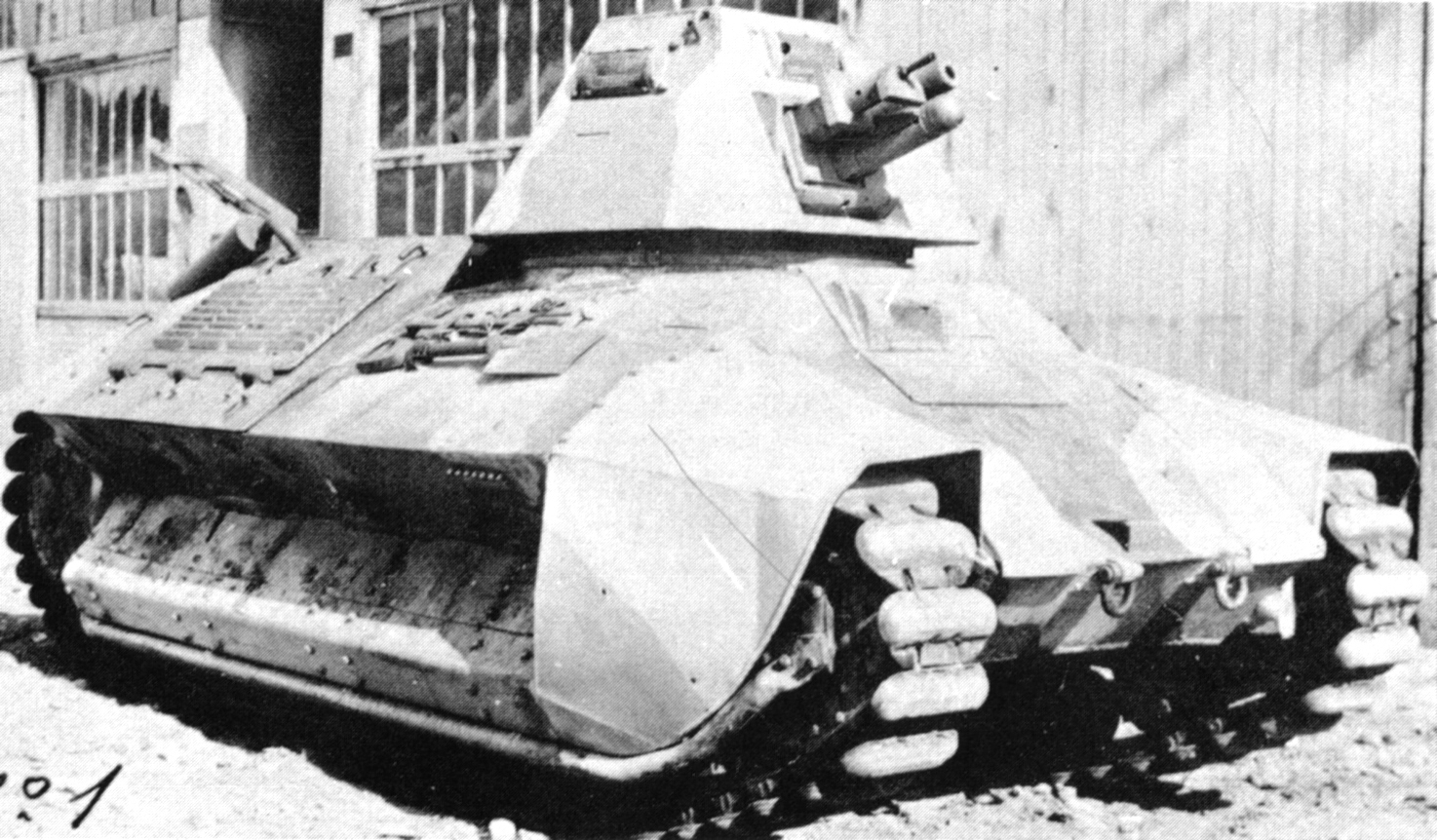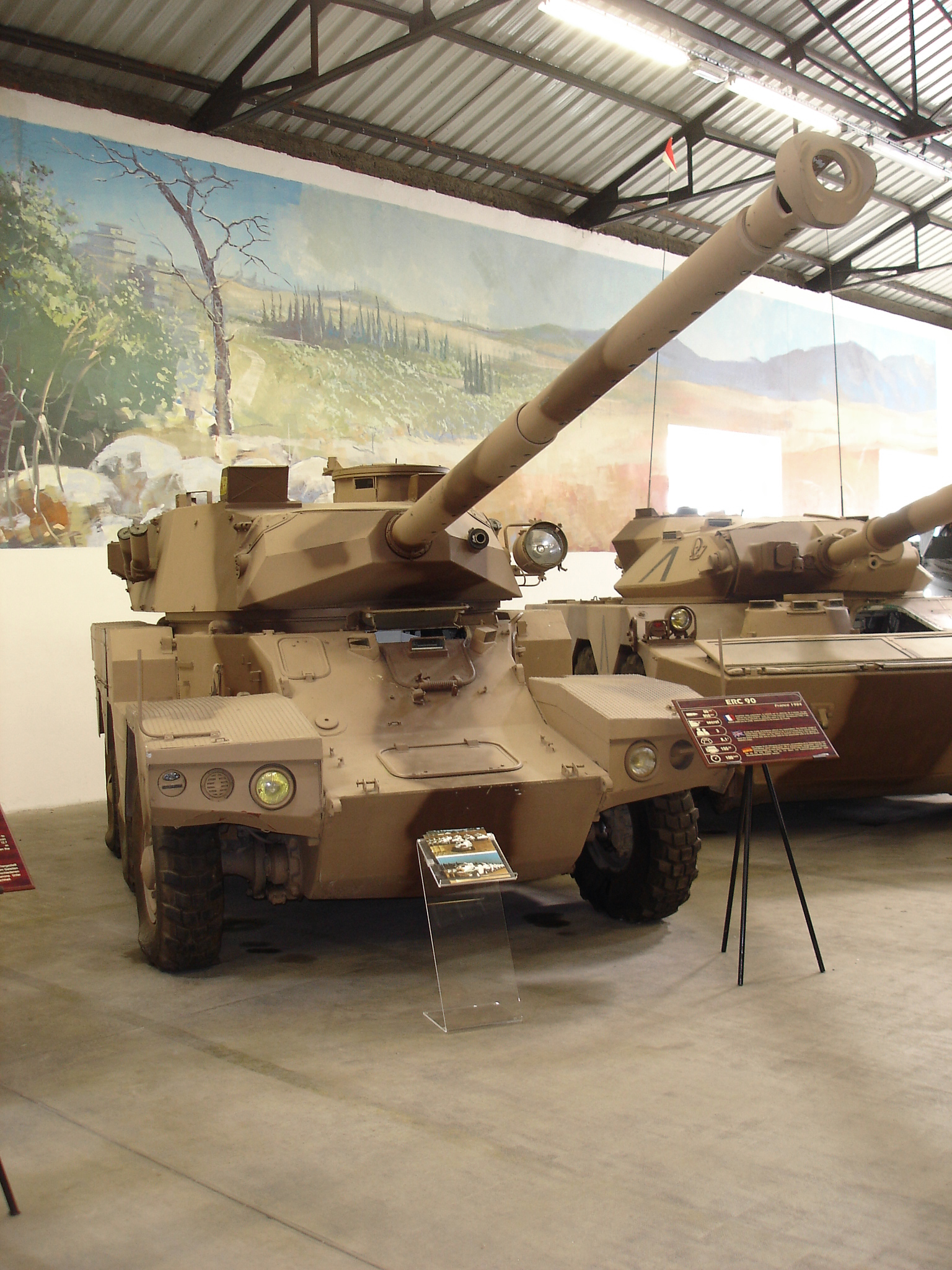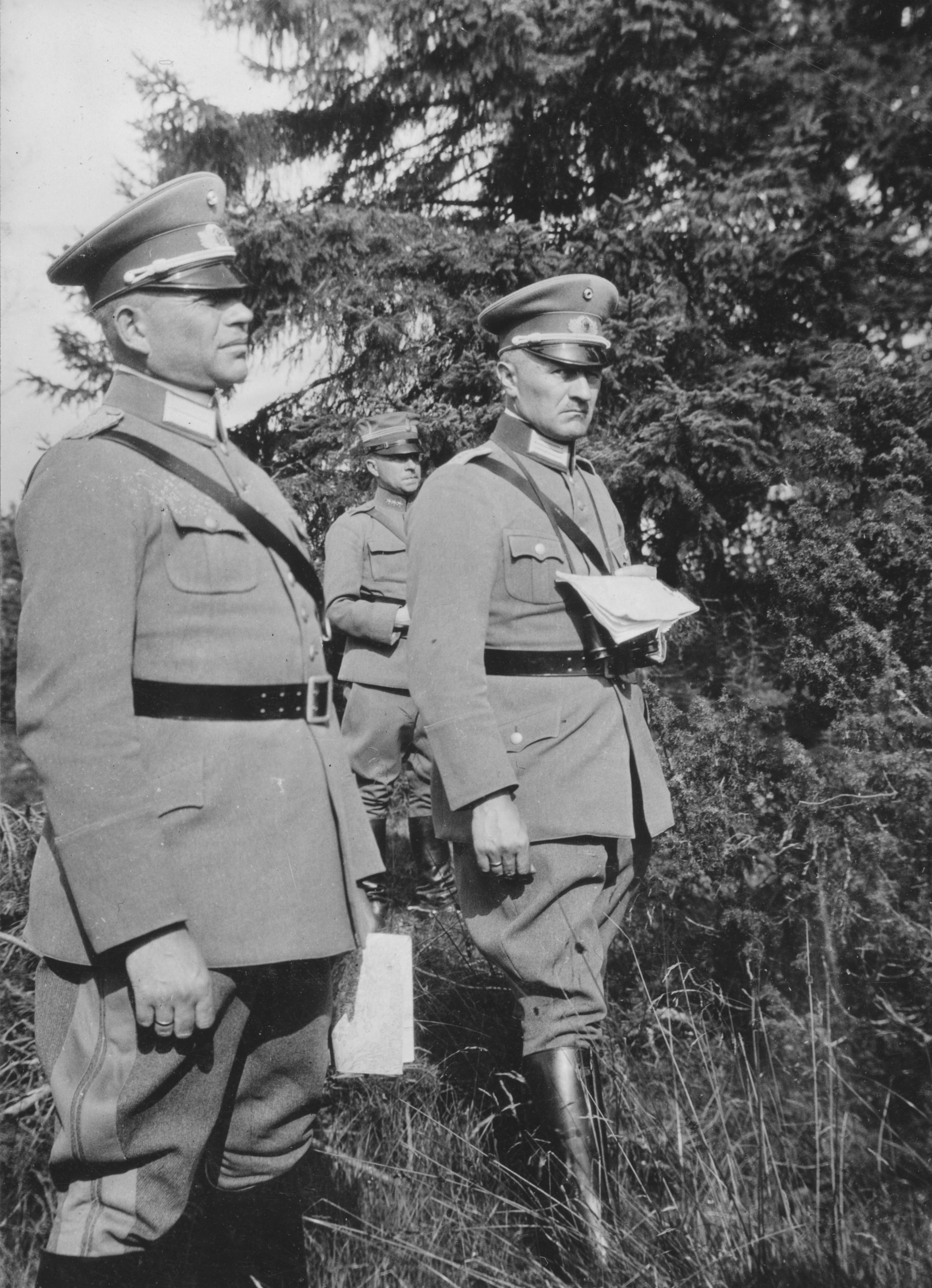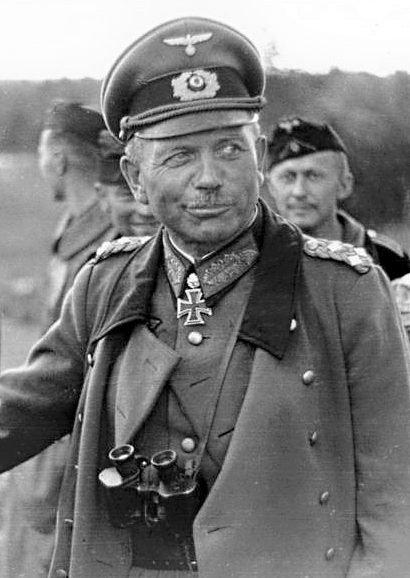|
FCM 36
The FCM 36 or ''Char léger Modèle 1936 FCM'', was a light infantry tank that was designed for the French Army prior to World War II. It had a crew of two and was equipped with a short 37 mm main armament and a 7.5 mm coaxial machine gun. Power was provided by a diesel engine. Development In 1933 the Hotchkiss company proposed to build a cheap mass-produced light infantry tank. In reaction to this proposal the French Army invited the whole of French industry to offer alternative designs. In the end three of the competing prototypes would be taken into production: the Hotchkiss H35, the Renault R35 and the FCM 36. The ''Forges et Chantiers de la Méditerranée'' (FCM), located at Toulon, had some previous experience with tank production as it had constructed the ten giant Char 2C tanks in 1921 and had been involved in the development of the Char B1. Engineer Bourdot, who had designed the suspension of the Char B, was ordered to create a modern tank design taking full ... [...More Info...] [...Related Items...] OR: [Wikipedia] [Google] [Baidu] |
Musée Des Blindés
The ''Musée des Blindés'' ("Museum of Armoured Vehicles") or ''Musée Général Estienne'' is a tank museum located in the Loire Valley of France, in the town of Saumur. It is now one of the world's largest tank museums. It began in 1977 under the leadership of Colonel Michel Aubry, who convinced both the French military hierarchy and the local political authorities. Started years ago with only a few hundred tracked vehicles, it has become a world-class collection which attracts visitors interested in the history of multinational tank development as well as professional armor specialists. From the very beginning, Colonel Aubry had made it a key policy of the museum to restore to running condition as many historically or technically significant vehicles as was feasible. The museum has the world's largest collection of armoured fighting vehicles and contains well over 880 vehicles, although the British Tank Museum has a larger number of tanks. Because of shortage of space, ... [...More Info...] [...Related Items...] OR: [Wikipedia] [Google] [Baidu] |
Remilitarization Of The Rhineland
The remilitarization of the Rhineland () began on 7 March 1936, when German military forces entered the Rhineland, which directly contravened the Treaty of Versailles and the Locarno Treaties. Neither France nor Britain was prepared for a military response, so they did not act. After 1939 commentators often said that a strong military move in 1936 might have ruined Hitler's expansionist plans. However, recent historiography agrees that both public and elite opinion in Britain and France strongly opposed a military intervention, and neither had an army prepared to move in. After the end of World War I, the Rhineland came under Allied occupation. Under the 1919 Treaty of Versailles, the German military was forbidden from all territories west of the Rhine or within 50 km east of it. The 1925 Locarno Treaties reaffirmed the then-permanently-demilitarized status of the Rhineland. In 1929, German Foreign Minister Gustav Stresemann negotiated the withdrawal of the Allied forces. ... [...More Info...] [...Related Items...] OR: [Wikipedia] [Google] [Baidu] |
Second Army (France)
The Second Army (french: IIe Armée) was a field army of the French Army during World War I and World War II. The Army became famous for fighting the Battle of Verdun in 1916 under Generals Philippe Pétain and Robert Nivelle. Commanders World War I * General de Curières de Castelnau (Mobilization – 21 June 1915) * General Pétain (21 June 1915 – 1 May 1916) * General Nivelle (1 May 1916 – 15 December 1916) * General Guillaumat (15 December 1916 – 11 December 1917) * General Auguste Edouard Hirschauer (11 December 1917 – 22 December 1918) * General Antoine Baucheron de Boissoudy (22 December 1918 – 11 February 1919) World War II * General Charles Huntziger (2 September 1939 – 5 June 1940) * General Henry Freydenberg (5 June – 31 July 1940) See also * List of French armies in WWI List of armies — List of French armies in World War I This page is a list of French army formations existing during World War I World War I (28 July 1914 ... [...More Info...] [...Related Items...] OR: [Wikipedia] [Google] [Baidu] |
Teller Mine
The Teller mine (german: Tellermine) was a German-made antitank mine common in World War II. With explosives sealed inside a sheet metal casing and fitted with a pressure-actuated fuze, Teller mines had a built-in carrying handle on the side. As the name suggests (''Teller'' is the German word for dish or plate) the mines were plate-shaped. Containing little more than 5.5 kilograms of TNT and a fuze activation pressure of approximately , the Teller mine was capable of blasting the tracks off any World War II-era tank or destroying a lightly armored vehicle. Because of its rather high operating pressure, only a vehicle or heavy object passing over the Teller mine would set it off. Of the two types of pressure-fuze available for Teller mines, the T.Mi.Z.43 fuze was notable for featuring an integral anti-handling device as standard: when the T.Mi.Z.43 fuze is inserted and the pressure plate (or screw cap) is screwed down into place, it shears a weak arming pin inside the fuze with ... [...More Info...] [...Related Items...] OR: [Wikipedia] [Google] [Baidu] |
Materiel
Materiel (; ) refers to supplies, equipment, and weapons in military supply-chain management, and typically supplies and equipment in a commercial supply chain context. In a military context, the term ''materiel'' refers either to the specific needs (excluding manpower) of a force to complete a specific mission, or the general sense of the needs (excluding manpower) of a functioning army. An important category of materiel is commonly referred to as ordnance, especially concerning mounted guns (artillery) and the shells it consumes. Along with fuel, and munitions in general, the steady supply of ordnance is an ongoing logistic challenge in active combat zones. Materiel management consists of continuing actions relating to planning, organizing, directing, coordinating, controlling, and evaluating the application of resources to ensure the effective and economical support of military forces. It includes provisioning, cataloging, requirements determination, acquisition, distrib ... [...More Info...] [...Related Items...] OR: [Wikipedia] [Google] [Baidu] |
Heinz Guderian
Heinz Wilhelm Guderian (; 17 June 1888 – 14 May 1954) was a German general during World War II who, after the war, became a successful memoirist. An early pioneer and advocate of the " blitzkrieg" approach, he played a central role in the development of the panzer division concept. In 1936, he became the Inspector of Motorized Troops. At the beginning of the Second World War, Guderian led an armoured corps in the Invasion of Poland. During the Invasion of France, he commanded the armoured units that attacked through the Ardennes forest and overwhelmed the Allied defenses at the Battle of Sedan. He led the 2nd Panzer Army during Operation Barbarossa, the invasion of the Soviet Union. The campaign ended in failure after the German offensive Operation Typhoon failed to capture Moscow, after which Guderian was dismissed. In early 1943, Adolf Hitler appointed Guderian to the newly created position of Inspector General of Armoured Troops. In this role, he had broad responsi ... [...More Info...] [...Related Items...] OR: [Wikipedia] [Google] [Baidu] |
XIX Army Corps
The XIX Army Corps ( German: ''XIX. Armeekorps'') was an armored corps of the German Wehrmacht between 1 July 1939 and 16 November 1940, when the unit was renamed Panzer Group 2 (German: ''Panzergruppe 2'') and later 2nd Panzer Army (German: ''2. Panzerarmee''). It took part in the Invasion of Poland and the Battle of France. It was formed in Vienna on 1 July 1939, the same day as the 2nd Panzer Division, but was not assigned to any single military district. Commanded by General der Panzertruppe Heinz Guderian, it was stationed in Pomerania prior to taking part in the invasion of Poland. It was officially tasked with constructing fortifications in preparation for an attack from Polish forces, though in fact German preparations for the invasion were already well advanced. Subordinated within Army Group North (responsible for Poland's north-western Danzig Corridor region) and supplemented by the 3rd Panzer, 2nd Infantry, and 20th Infantry Divisions, XIX Army Corps was tasked to st ... [...More Info...] [...Related Items...] OR: [Wikipedia] [Google] [Baidu] |
Meuse
The Meuse ( , , , ; wa, Moûze ) or Maas ( , ; li, Maos or ) is a major European river, rising in France and flowing through Belgium and the Netherlands before draining into the North Sea from the Rhine–Meuse–Scheldt delta. It has a total length of . History From 1301 the upper Meuse roughly marked the western border of the Holy Roman Empire with the Kingdom of France, after Count Henry III of Bar had to receive the western part of the County of Bar (''Barrois mouvant'') as a French fief from the hands of King Philip IV. In 1408, a Burgundian army led by John the Fearless went to the aid of John III against the citizens of Liège, who were in open revolt. After the battle which saw the men from Liège defeated, John ordered the drowning in the Meuse of suspicious burghers and noblemen in Liège. The border remained stable until the annexation of the Three Bishoprics Metz, Toul and Verdun by King Henry II in 1552 and the occupation of the Duchy of Lorraine by the ... [...More Info...] [...Related Items...] OR: [Wikipedia] [Google] [Baidu] |
Battle Of France
The Battle of France (french: bataille de France) (10 May – 25 June 1940), also known as the Western Campaign ('), the French Campaign (german: Frankreichfeldzug, ) and the Fall of France, was the Nazi Germany, German invasion of French Third Republic, France during the Second World War. On 3 September 1939, France French declaration of war on Germany (1939), declared war on Germany following the German invasion of Poland. In early September 1939, France began the limited Saar Offensive and by mid-October had withdrawn to their start lines. German armies German invasion of Belgium (1940), invaded Belgium, German invasion of Luxembourg, Luxembourg and German invasion of the Netherlands, the Netherlands on 10 May 1940. Fascist Italy (1922-1943), Italy entered the war on 10 June 1940 and attempted an Italian invasion of France, invasion of France. France and the Low Countries were conquered, ending land operations on the Western Front (World War II), Western Front until the Normandy l ... [...More Info...] [...Related Items...] OR: [Wikipedia] [Google] [Baidu] |
Berliet
Berliet was a French manufacturer of automobiles, buses, trucks and military vehicles among other vehicles based in Vénissieux, outside of Lyon, France. Founded in 1899, and apart from a five-year period from 1944 to 1949 when it was put into 'administration sequestre' it was in private ownership until 1967 when it then became part of Citroën, and subsequently acquired by Renault in 1974 and merged with Saviem into a new Renault Trucks company in 1978. The Berliet marque was phased out by 1980. Early history Marius Berliet started his experiments with automobiles in 1894. Some single-cylinder cars were followed in 1900 by a twin-cylinder model. In 1902, Berliet took over the plant of Audibert & Lavirotte in Lyon. Berliet started to build four-cylinder automobiles featured by a honeycomb radiator and steel chassis frame was used instead of wood. The next year, a model was launched that was similar to contemporary Mercedes. In 1906, Berliet sold the licence for manufacturing ... [...More Info...] [...Related Items...] OR: [Wikipedia] [Google] [Baidu] |
Anti-tank Gun
An anti-tank gun is a form of artillery designed to destroy tanks and other armored fighting vehicles, normally from a static defensive position. The development of specialized anti-tank munitions and anti-tank guns was prompted by the appearance of tanks during World War I. To destroy hostile tanks, artillerymen often used field guns depressed to fire directly at their targets, but this practice expended too much valuable ammunition and was of increasingly limited effectiveness as tank armor became thicker. The first dedicated anti-tank artillery began appearing in the 1920s, and by World War II was a common appearance in many European armies. To penetrate armor, they fired specialized ammunition from longer barrels to achieve a higher muzzle velocity than field guns. Most anti-tank guns were developed in the 1930s as improvements in tanks were noted, and nearly every major arms manufacturer produced one type or another. Anti-tank guns deployed during World War II were often manne ... [...More Info...] [...Related Items...] OR: [Wikipedia] [Google] [Baidu] |
FCM 36 SN 30070 1
The word FCM may refer to: Science and technology * FCM (chemotherapy), a chemotherapy regimen * Flow cytometry * Food contact materials * Fuel-containing material * Flight control module, a computer that assists in the control of an aircraft Computing * Firebase Cloud Messaging * Flash cache module * FlashCopy Manager * Flash Core Module * Fuzzy C-means clustering, an algorithm * Fuzzy cognitive map Organizations * Federation of Canadian Municipalities * First Congregational Methodist Church, a Christian denomination * Florida Citrus Mutual, an American trade group * Friends of Cathedral Music, a British organisation * Mexican Railway (Spanish: ) * , a French shipbuilder Sport * 1. FC Magdeburg, a German football club * FC Metz, a French football club * FC Midtjylland, a Danish football club * FC Mulhouse, a French football club * Moldavian Cycling Federation (Romanian: ) Other uses * Futures commission merchant * Flying Cloud Airport (IATA and LID codes), in Eden Prairie, ... [...More Info...] [...Related Items...] OR: [Wikipedia] [Google] [Baidu] |






.jpg)

